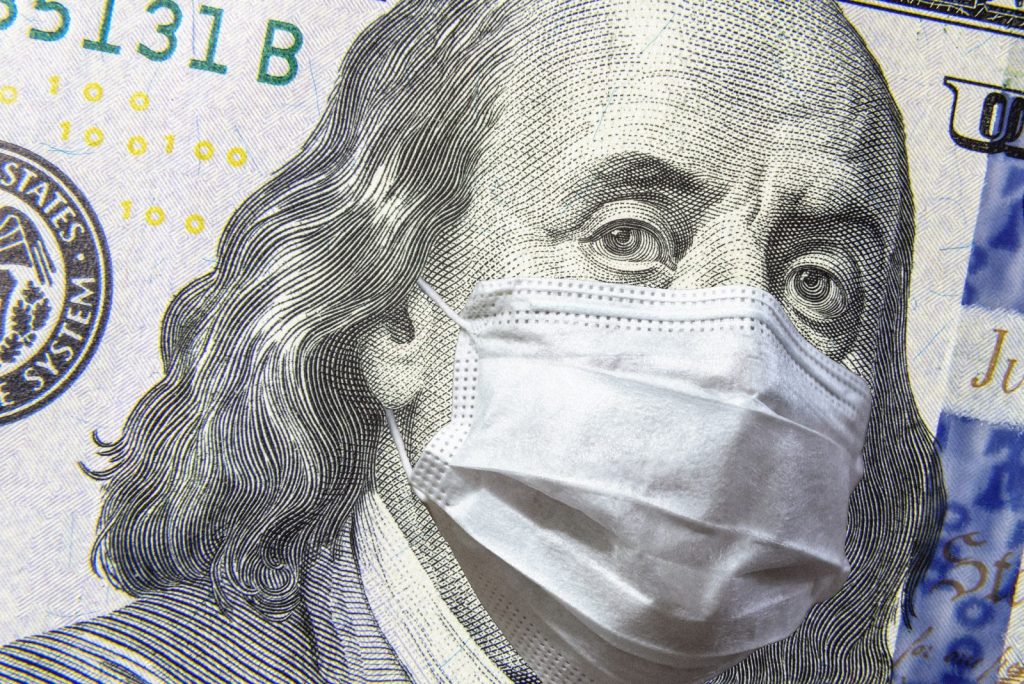
Pivot your marketing strategy to handle coronavirus by producing digital content, airing television ads and OTT ads, and a communication strategy.
Shift focus from events to digital
On top of major events like NBA games and Coachella being cancelled or postponed indefinitely, conferences, expos, and trade shows have also been cancelled. According to a Demand Gen Report, 53% of B2B marketers say in-person events are the most effective channel for driving conversions, so many marketers are now searching for new channels to connect with target audiences.
Google Cloud Next, Adobe Summit, Y Combinator Demo Day and more have opted for a digital-only approach. Although digital-only events do not offer the same traditional networking opportunities as in-person events, marketers can experiment with their event strategies to still capture those audiences. Consider these tactics:
- Produce digital content that can still influence your intended audience. Even though your company will not be able to interact with your audience in person, you can still reach them through digital channels.
- Target attendees with email campaigns or direct-mail. These channels provide the personal messaging that audiences look for while attending events.
- A/B test everything to measure the effectiveness of attending events in the future. You could find valuable insights from changing your strategy this year.
Opportunity for television and OTT advertising
Social distancing and work from home mandates mean more people will be at home watching television and streaming content. Audiences are tuning in to reporting on the coronavirus pandemic and searching for ways to stay entertained while limiting contact with potentially affected areas.
Although ad spending is projected to slump across the board, reallocating budget to television and OTT advertising could pay off. Many brands are cutting ad spend in preparation for lower sales projections, which means there could more inventory available. Between self-quarantines, cancelled events, and precautionary measures, potential consumers are on the couch in front of the television as a captive audience.
Communicate any service disruptions to the customer
In the event your supply chain is disrupted, you have to cancel your event, or any other major changes, clearly communicate to your consumers why your regular service may be affected. Your customer will understand if your company has to make changes in the current situation as long as you are clear on why the package is taking longer to arrive or you are issuing a refund. The last thing the consumer wants is to be left in the dark and without the proper information.
Dispel misinformation about your brand
Misinformation about COVID-19 is multiplying across all social media channels. In-depth social listening for mentions about your brand will help you monitor untrue information that could be harmful to many people.
For example, some people are attempting to make their own hand sanitizer using Tito’s Handmade Vodka and aloe. However, the CDC recommends that hand sanitizer needs to contain at least 60% alcohol and Tito’s only has 40%. To stop this unsafe information from spreading, Tito’s is replying to all tweets with a statement disproving it and recommendations from the CDC.
Don’t sacrifice safety for the bottom line
It’s hard to predict what kind of long-term impact coronavirus will have on our economy, but it’s important to keep acting with brand values in mind. At the end of the day, the safety of the public is the most important thing and companies should act accordingly.


